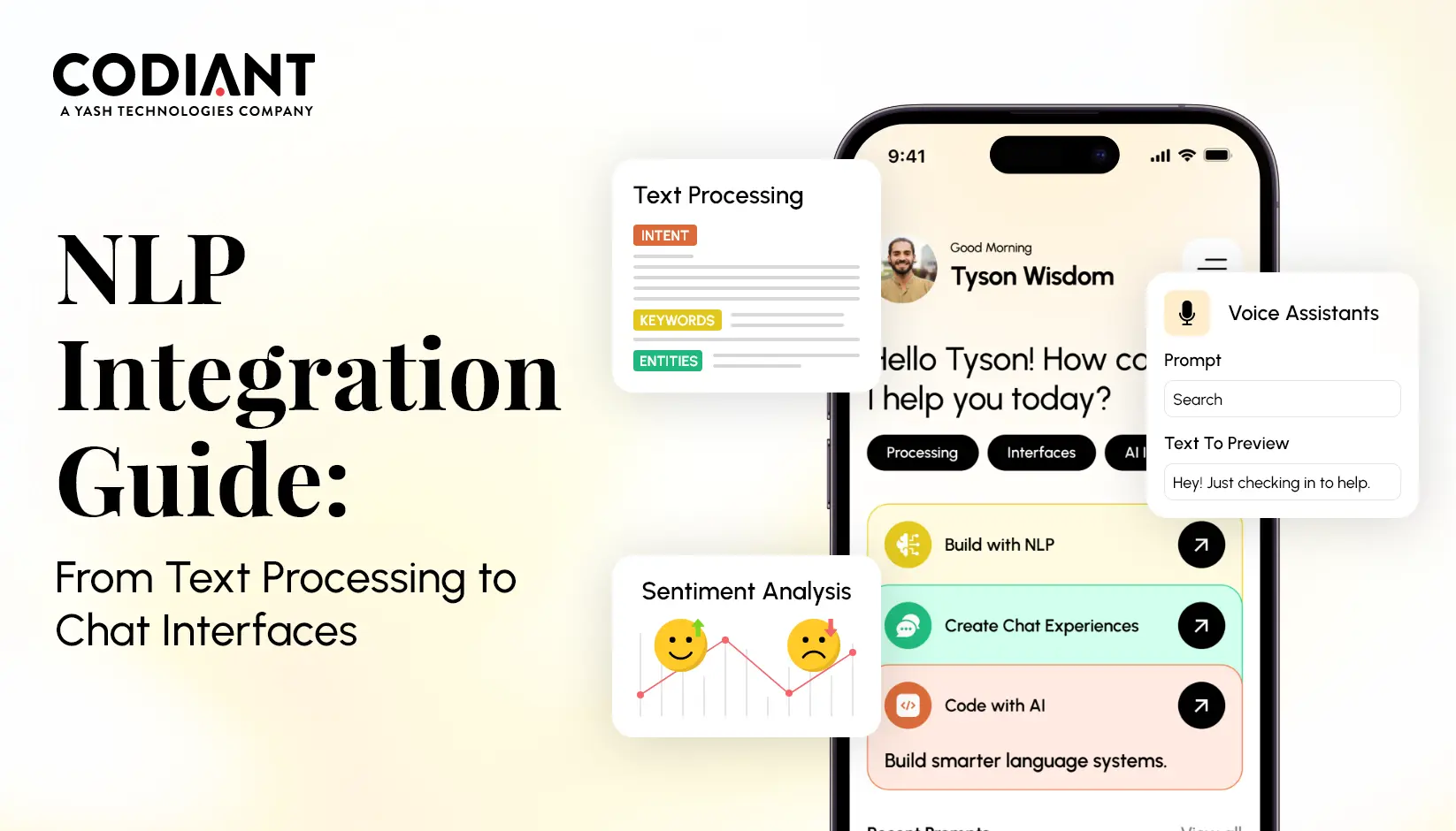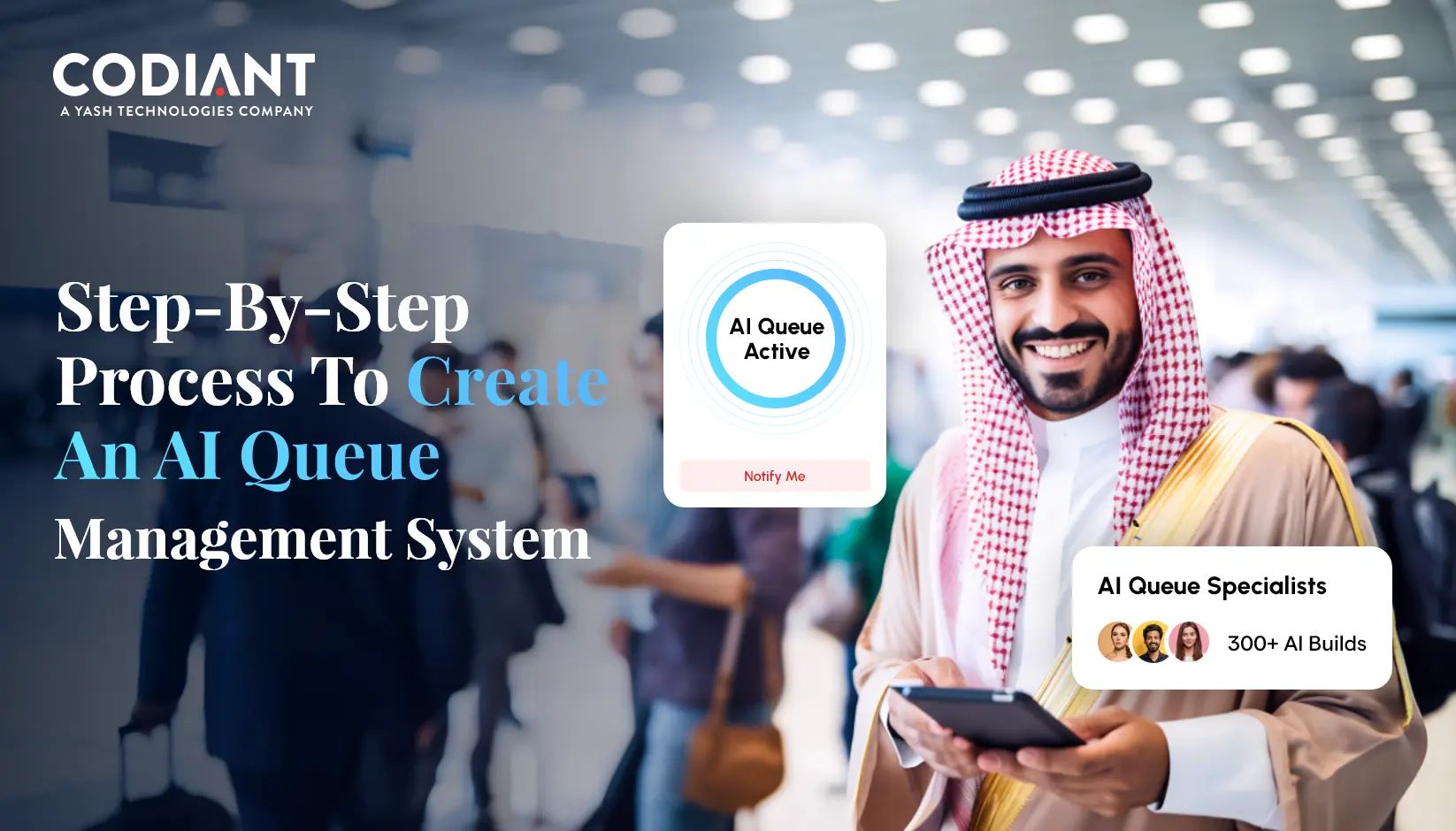Why Discovery Phase Is An Important Stage In Software Development?
Table of Contents
Subscribe To Our Newsletter

The influence of the discovery phase in mobile app development or web development cannot be left unseen.
This deduction has become more of a cliché nowadays.
Not much time ago, we had faced various clients onboard one came up with a slew of ideas to develop mobile apps but was facing a hard time deciding which idea to chase and take ahead.
While the other client was on the same shoes of having good ideas but can’t seem to execute on them.
Another found it brainstorming and challenging to implement the idea as the current app environment was too competitive and dynamic.
And we also can’t forget the unexpected complexities, missing features, unrealistic deadlines, and an imaginary budget that comes as a surprise in the mid of the project development.
Exactly these sets of turbulences and disorders in the project planning cause scope creep, budget overspending, and missed deadlines.
Taking this into consideration, we’ve been perfecting the discovery phase into our app development process frequently. Only by initiating the project with this phase, we have helped clients gain transparency in their product vision, create apps in the set timeline and budget, and deliver a competitive product that stands out in the market.
In this post, we will emphasize how discovery phase inclusion will help you create a better application and how it works at Codiant.
A well-structured discovery phase lays the foundation for a successful software development journey. It helps you clarify your vision, validate core concepts, and understand how your idea will take shape long before the final product is built. By highlighting the most crucial steps of this stage, we ensure you gain a clear and tangible preview of what your end solution will look like—bringing you closer to a refined, market-ready product from day one.
What is a Discovery Phase and Why Does it Matter?
The Discovery phase is the most initial, first, and foremost stage of product development that involves the following undertakings:
From Business Orientation:
- Collecting and analyzing information about the project
- Doing a deep analysis of the product idea and its relevance
- Conducting exploratory research (includes user interviews, surveys & field study)
- Studying its intended market and target audience
- Understanding their needs, requirements, and behavior
- Evaluation of all the possible challenges and potential hurdles
From Development Orientation:
- Software requirement specification
- Gathering technical requirements
- Creating a development plan split into milestones
- Feature listing and flow discussion with a client
Depending upon the project’s scope, the discovery phase can last from one-two weeks to two months. The cost to it may be fixed or calculated based on the time spent i.e. hourly rates.
Team Involved For Discovery Phase:
- Project Manager
- Business Analyst
- UX Researchers
- Technical Lead
What Do We Deliver At The End?
As a result, our team has a detailed understanding of the outcomes to aim for, we know the user’s pain points, highly convertible points and sometimes our deep research also brings lucrative ideas recommended for your app solution that you can take forward in the market.
The minimum deliverables at the end of the discovery phase we provide you are:
- Software requirement specification/ Scope document
- Technology stack and technical architecture
- User persona, user journey maps and needs statements
- Interactive wireframes/ App prototype
- Development timeline
- Estimated investment/ Budget
The Pricing Model Suitable For Project Discovery Phase
A. Fixed Price
If you choose this model, you will have to pay a fixed cost pre-discussed before the discovery phase. We work only on the proposed document given to you. You will know the end deliverables. It cannot be modified in between.
B. Time and Material Model
Also known as the pay-as-you-go model, in this model you pay for the hourly rates i.e. the number of hours our team spent on your project. This model is best suited if you want the flexibility to adjust requirements, replace features, or modify the scope in between or have dynamic requirements.
How It All Starts?
1. Initial Contact
As you come in touch with us, we analyze your project requirements and provide you a rough estimate (a free quote) that is basically a document covering the cost and timeline needed to complete your project.
Once we come to an agreement, we assign a business analyst who will be the primary point of contact to do the planning with you, then we sign a contract and kickstart the discovery phase.
2. Planning
In this phase, we will take a close meeting with you via Skype call/telephonic/mail as a communication tool to gather data. Since this phase is the foundation for the discovery phase, we want your active participation to know your requirements like no. of platforms, targeted country, the target audience to name a few.
3. Discovery Phase
The main steps we include in a discovery phase are:
Defining the Goals
At the beginning of the stage, our team establishes the problem statement. Our main goal here is to look for the aims of the project to solve. Our main checkpoints here are analyzing the time to market, checking the competition, understanding the revenue model, checking the plan for marketing and acquiring customers, and finding the target audience.
Market Research & Competitor Analysis (Upon Request)
In the next step, we gather information about customer needs and market drivers. We work upon questions like:
- The current demand for your app in the market
- Pain-points addressed by your users
- Best time to sell/launch your product
- Does your app stand parallel or a notch above to your competitors?
- Determine the opportunities for expansion or growth in the market
This in-depth market research helps in drawing the following benefits:
The Main Objective of Competitor Analysis is to:
- Conduct gap analysis
- Perform a SWOT analysis (Strength, weakness, opportunities, and threats)
The Business Model Canvas (Upon Request)
The business plan or lean canvas is a brilliant tool for startups. This model helps you to break down your idea into key assumptions. It replaces elaborate business plans with a single page business model. This is how it look likes.
Customer Journey Map
A customer journey map helps us understand what customers go through, how the customer experience quality can be improve and can ensure consistency across all channels.
At Codiant, we create a customer journey map by covering the following steps:
UX Concept and Wireframes
The research done in the previous step helps us in creating low fidelity prototypes of the app. In simple words, you will get a high-level vision of your app layout also known as wireframes. This will help you identify the user experience and in case if you require any changes in the flow it can be corrected here itself.
Want to learn how we reach this stage of wireframes? View the UX Case Study of an On-demand Delivery App – Groceeri done at Codiant!
4. Detailed Project Estimation
This is the final stage of the discovery phase, here our development team plans the product architecture and breaks down the product’s functionality into project milestones with standard timelines.
We provide you with the optimal technology stack that matches best to your product features and budget.
Here we also mention the number of team members that will work on your project from each department (we allocate members based on your project timeline).
We work on the agile model and do scrum meetings.
The End Product
This way our discovery phase ends here, at the end of the phase we pass all the deliverables that include:
- Competitive analysis
- Software specifications
- Wireframes
- Detailed project estimation- all required for kickstarting the development of your project.
Ready to take your idea from concept to creation? At Codiant, we help you move seamlessly into the next stage of your project — from design and development to app deployment, testing, and ongoing maintenance.
If you’re unsure about starting with the discovery phase or simply want expert guidance on your mobile or web app requirements, our team is here to help. With our proven expertise in delivering software development solutions in New York, we ensure every project is built with precision, innovation, and long-term scalability in mind.
Let’s connect and bring your vision to life with the right strategy, technology, and team.
Featured Blogs
Read our thoughts and insights on the latest tech and business trends
Integrating NLP Into Your Existing App: From Text Analytics to Conversational Interfaces
- December 29, 2025
- Artificial Intelligence
Natural Language Processing has moved from a niche capability to an essential part of modern software, and 2025 has clearly shown its impact. Businesses are no longer rebuilding entire systems to keep up with user... Read more
How to Build an AI-Powered Queue Management System in Dubai, UAE
- December 25, 2025
- Artificial Intelligence
Dubai has been steadily moving toward faster, more efficient public and private services, and this shift has increased the need for systems that reduce waiting time and improve customer flow. With rising footfall across government... Read more
How Year-End Engagements with a Dedicated Dev Team Can Accelerate Your 2026 Roadmap at a Lower Cost
- December 18, 2025
- Staff Augmentation
In a Nutshell Year-end is the strongest window to add development capacity, clear backlogs, and prepare your 2026 roadmap without overwhelming in-house teams. Dedicated development teams accelerate delivery, reduce sprint delays, and help companies ship... Read more




